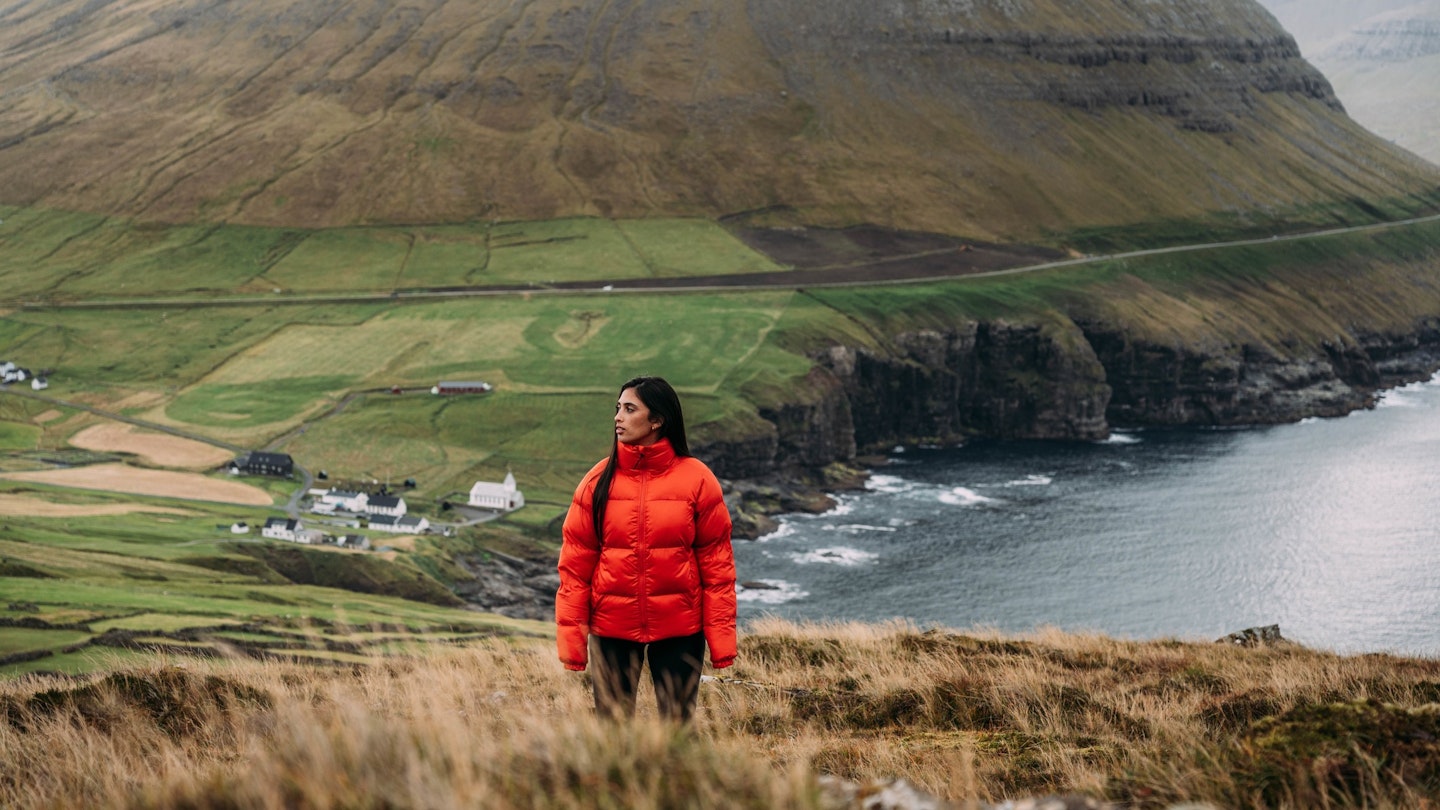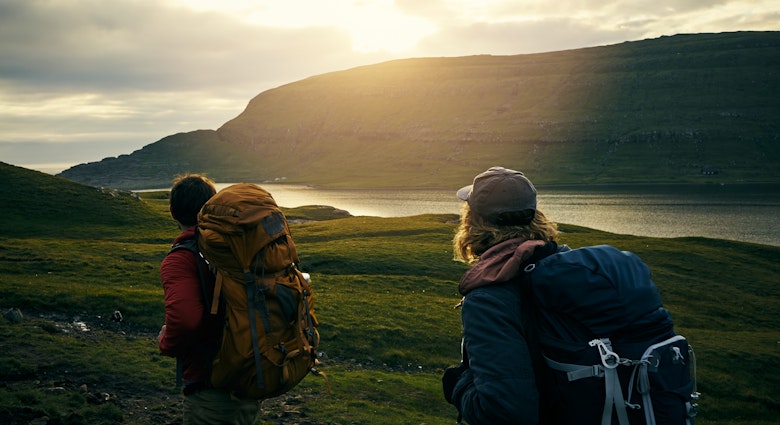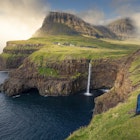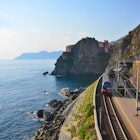When Britain occupied the Faroe Islands during WWII, they nicknamed it the Land of Maybe: maybe you can do it, maybe you can’t. The ever-changing weather controlled all possibilities and it’s still the same today.
As a visitor, there’s nothing to do but go with the flow. Storms, high tides, snow or any other kind of weather event can get in your way, so any plan you make needs to have at least a plan B alongside it, if not a plan C as well.
Start with that thought in mind – and these other top tips on health, safety and etiquette – as you begin to plan your Faroe Islands trip.
1. Plan on staying for 3 to 5 days at least
It takes at least two days to see the obvious hits on these 18 islands, let alone get under the skin and find some special spots of your own. And that’s if the weather is good! Most people visit the Faroe Islands for a week or less, which allows time to explore, eat out, hike a few trails and drive along a good few sheep-filled roads.
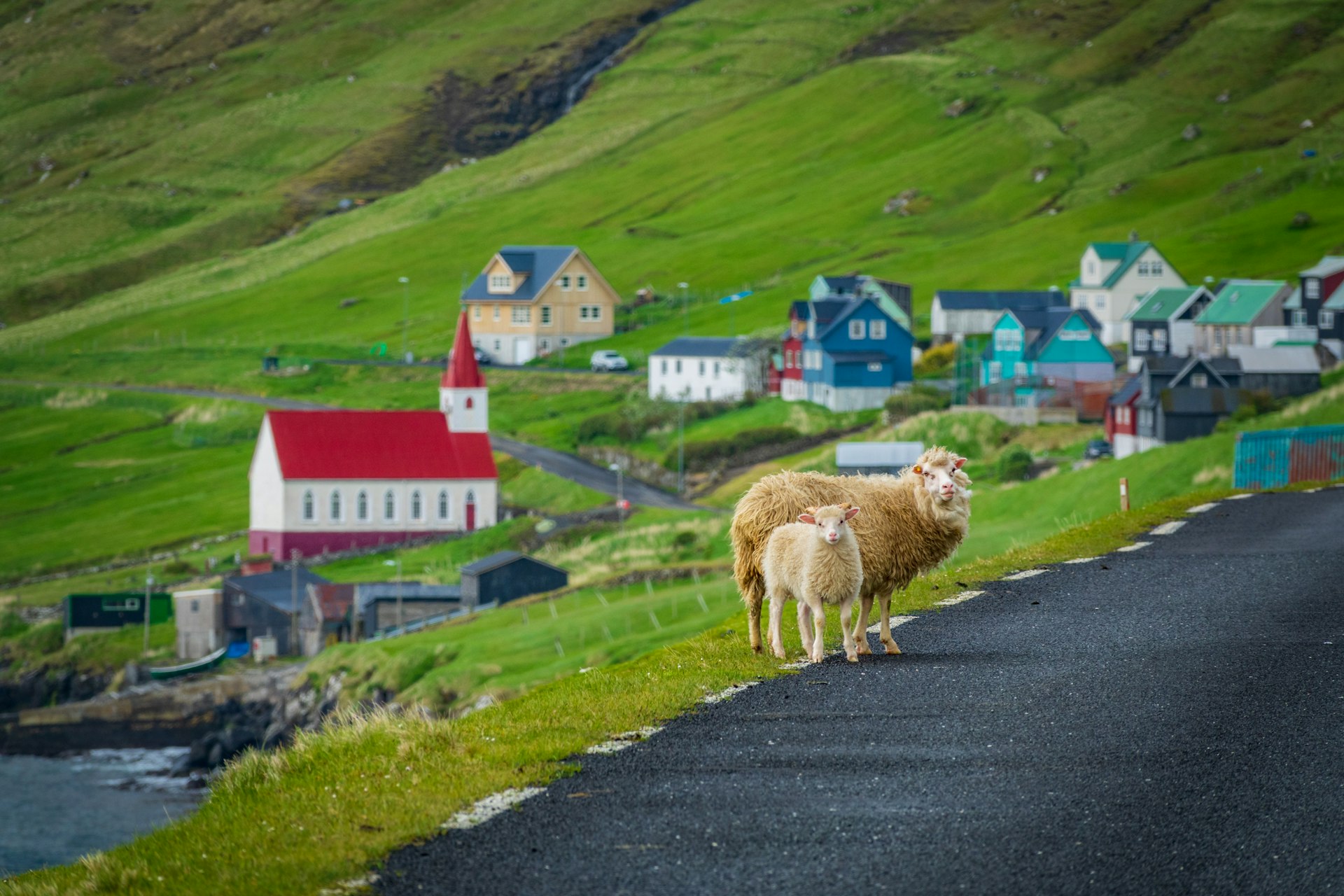
2. Rent a car – but be sure you know the rules of the road
Renting a car from the airport is the most efficient way to get around and see the islands at your own pace. There are a number of things to know about driving in the Faroe Islands and it’s a good idea to acquaint yourself with them before you go. Headlights need to be on at all times; drive slowly and be prepared to pull over to the side of the road if there is a faster car behind you. Resist the urge to take any photos while on the move – as with most places, it's illegal to use a phone or other electronic distraction while driving.
3. Book in advance
Timing is everything on this small island group. To get your pick of the best places to stay, it’s good sense to book 3 to 6 months ahead. Some of the most popular home rental options book out a year in advance. With a limited supply of everything in the Faroes, as time goes on, things get more expensive. If there’s a restaurant you really want to visit, a tour you really want to do or a boat trip that's essential to you, book ahead to be sure of a spot. That’s especially true for those visiting between June and August, which is peak season in the Faroes.
4. Pack a lot of layers
Whatever time of year you visit, bring waterproof hiking boots, woollen jumpers and socks, wet weather gear and plenty of layers. Check in advance so you know what to expect: weather is highly seasonal and very changeable, even within the course of a day.
5. Be ready for anything
In the Land of Maybe, anything can happen. Sheep on the road? That’s practically a given. Storms at sea thwarting your chances to see the puffins on Mykines? Maybe. Waterfalls flowing uphill? On a windy day, it happens. The best way to deal with the neverending smorgasbord of possibilities is to keep a sense of humor about it, book an extra day or two on to your trip, plan a loose itinerary with plenty of plan B options, and try your best to go with the flow.

6. When hiking, be prepared
Take a physical map with you, plus snacks, a fully-charged phone, water, and plenty of layers. Wear the right gear. Walk on the path, not across the grass – nothing annoys a Faroese farmer more than visitors walking on their sheep’s food – and watch out for the regular changes in weather. It’s a good idea to let someone know where you’re going before you set off too, just in case.
7. Get beyond Tórshavn
Tórshavn, the capital of the Faroe Islands, is a charming little place, but the real beauty of these islands lies outside it. Even if you’re visiting for a weekend, it pays to take a car or bus ride out of the city to explore sights like the Gásadalur waterfall, Múlafossur, and the black sand beach at Tjornuvík.
8. Puffin sightings are not guaranteed
These delightful little flappy birds are not resident on the islands year-round; instead you’ll most likely see them from April to September. Mykines island is the hot spot for puffin lovers, but you can also spot them in the cliffs around Gásadalur and Gjógv, and via a boat trip to the Vestmanna bird cliffs.
9. Whaling is a tradition here
The Faroe Islands is a whaling nation and its traditional hunts, called the Grind, have become a lightning rod for animal rights protesters. The hunt is highly regulated and follows a quota system, only hunting pilot whales, which are not an endangered species. All meat is shared around local people and not sold; whaling is a source of food here, not a sport. A nuanced conversation with local people about their culture and hunting behavior is a very enlightening way to understand life on these remote islands and their viewpoint on it.
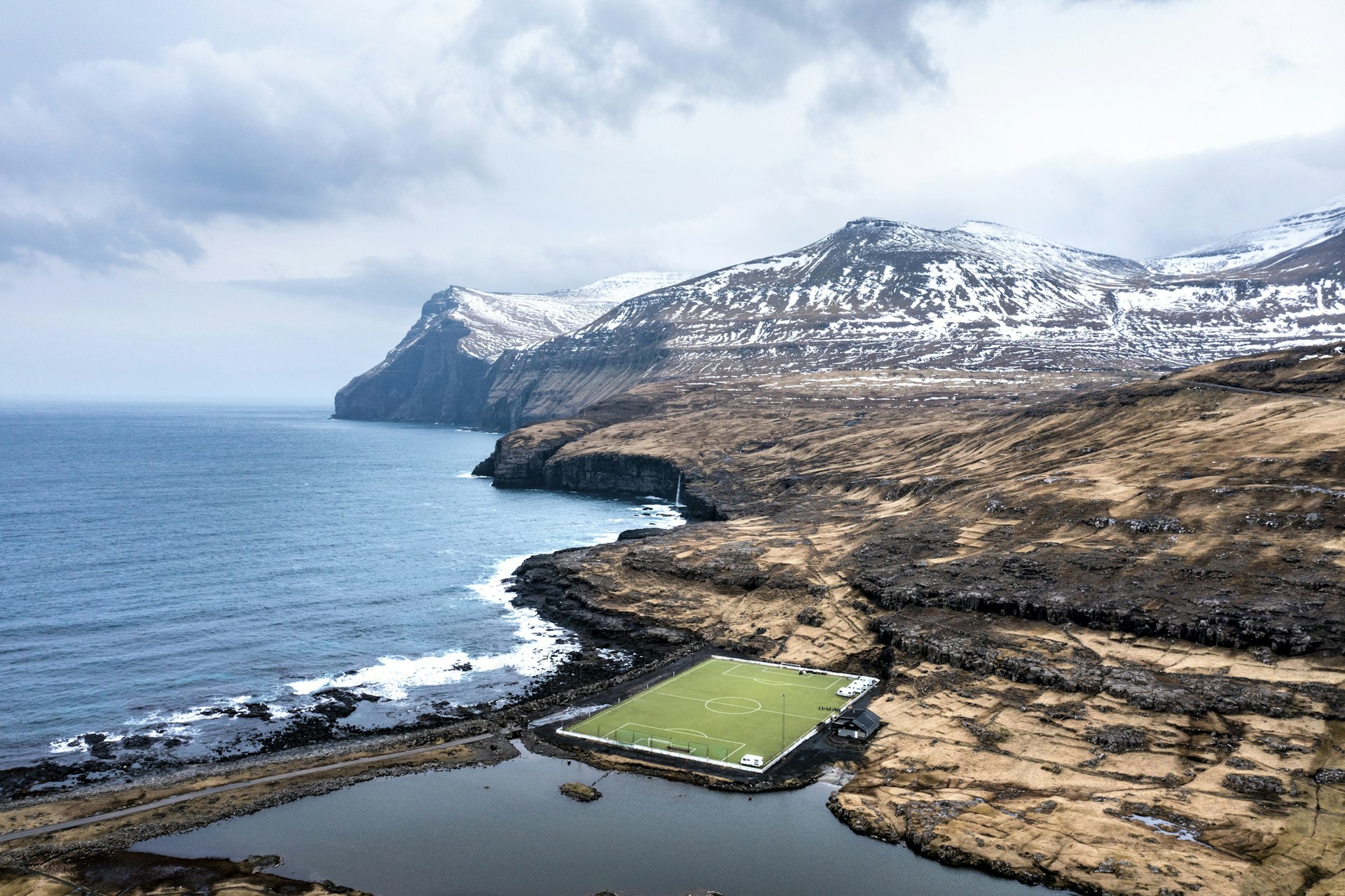
10. If in doubt, talk about soccer (football)
If you want to get an easy conversation going in the Faroe Islands, just talk about soccer. Football is a beloved sport on the islands, and one of the few where players can represent their own country rather than Denmark in international competitions.
11. Be prepared to pay for hiking trails
Hiking routes run through private farmland on the Faroe Islands, and many of these routes charge a fee to hikers of between 100–500kr (children are typically free). While some changes are likely to be made to this system in the future, for now, it’s good to know that you’ll need cash or a card as well as your hiking boots before you set off.
12. Check the weather forecast daily
Stay on top of the day with a weather forecast check every day. Locals recommend the Landsverk website. Then check it again via the Norwegian Meteorological Institute just to be sure, which has highly reliable forecasting for the whole Scandinavian/Nordic area.
13. Buy your liquor at the airport
In the Faroe Islands, alcohol is state regulated and only sold in specialist shops, called Rúsan. There are only a handful of these shops in the country and prices tend towards the steep side. Locals buy their liquor at the duty-free store in the airport on their way into the country.
14. What if I accidentally hit a sheep?
Sheep walk on the roads all over the islands and between April and June, lambs can get everywhere. There are 50,000 people living on the islands, and 70,000 sheep! If the worst thing happens, and you accidentally hit a sheep, there’s a protocol to follow: call the Faroese police on +298 351448 and report it. You won’t need to pay the farmer for the sheep; reporting the accident allows them to access their insurance.
15. What kind of medical facilities are there?
The Faroe Islands are very safe, but accidents can happen. If you have any kind of accident during your trip, call the emergency number, 112. First aid is offered at hospitals in Tórshavn and two other locations in the country. There are also GP services and dentists on the islands. Emergency out of hours medical services can be accessed by calling 1870. If you live outside the Nordic countries and Great Britain, you will need your own travelers health insurance.

